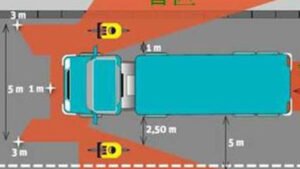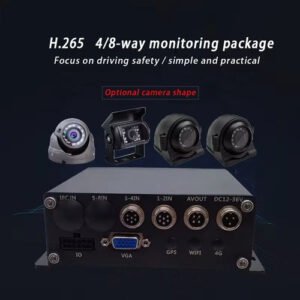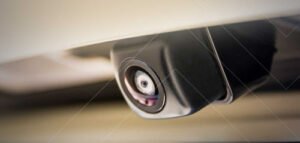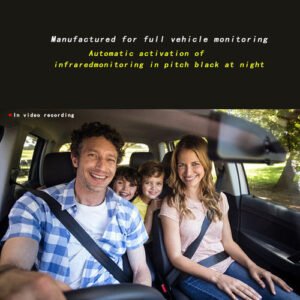Reversing cameras, also known as backup cameras, are transforming the way we park and navigate our vehicles. These devices provide a clear view of obstacles behind your car, ensuring safer and more precise maneuvers. In this article, we’ll explore the benefits of reversing cameras, their key features, and why they’re essential for modern driving.
The Benefits of Reversing Cameras
1. Improved Safety
According to the National Highway Traffic Safety Administration, reversing cameras prevent over 200 fatalities and 14,000 injuries annually in the United States. By eliminating blind spots, these cameras provide a safer environment for pedestrians and other road users.
2. Simplified Parking
Parking in tight spaces becomes effortless with reversing cameras. Features like parking guidelines and proximity alerts guide drivers to park accurately. A report by IIHS indicates that reversing cameras reduce backover crashes by 17%.
3. Enhanced Fleet Management
For fleet operators, reversing cameras are invaluable tools for monitoring vehicle performance and reducing repair costs. Businesses using these systems report a 30% reduction in reversing-related damages.
Key Features to Look For
When selecting a reversing camera, consider the following features:
- Wide Viewing Angle: Covers blind spots for greater safety.
- Night Vision: Ensures visibility in low-light conditions.
- Proximity Sensors: Alerts drivers to nearby obstacles.
- Durability: Weather-resistant designs for reliable performance.
- Integration: Compatibility with in-dash displays or mobile apps.
How Reversing Cameras Work
Reversing cameras capture a wide-angle view of the area behind the vehicle and display it on a screen inside the car. Advanced models include features like dynamic parking lines that move with the steering wheel to assist drivers in making precise maneuvers.
Applications of Reversing Cameras
These cameras are not just limited to personal vehicles; they are widely used in:
- Commercial Fleets: Ensuring safe deliveries and reducing downtime caused by accidents.
- Public Transport: Enhancing passenger safety during reversing operations.
- Emergency Vehicles: Assisting drivers in navigating challenging environments.
Conclusion
A reversing camera is more than just a convenience—it’s a safety necessity in modern driving. Whether for personal use or fleet management, these devices enhance visibility, reduce risks, and simplify parking. Equip your vehicle with a high-quality reversing camera today to enjoy safer and more efficient driving.






